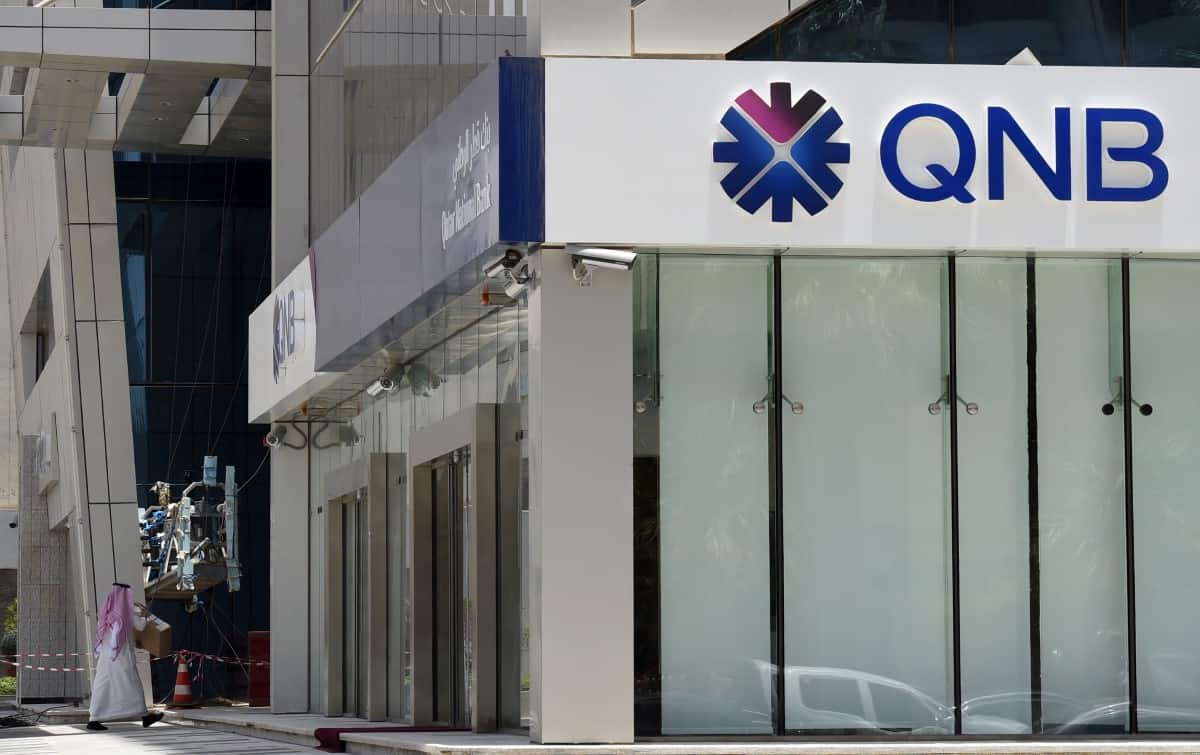Doha, Qatar–Qatar National Bank (QNB) said that the global macro trends are starting to present short-term challenges to emerging markets (EM), weighing on capital flows.
In its weekly commentary, QNB said, “Late last year and early this year, emerging markets (EM) started to benefit from significant tailwinds, driven by the economic re-opening of China, a USD depreciation and more contained inflation rates in several major EM.
However, more recently, global macro trends are starting to present short-term challenges to EM, weighing on capital flows.
“According to the Institute of International Finance (IIF), non-resident portfolio inflows to EM, which represent investments from foreign investors into local public assets, experienced a significant shift.
After a period of positive inflows of capital to EM, reaching a recent high of more than $50 billion in January 2023, capital flows turned significantly negative since August.
Such outflows lead to a sell-off that are reflected in weak returns across different EM asset classes, including a decline of 12.1 percent from peak in early August 2023 for equities (MSCI EM) and 5.7 percent for bonds (J.P. Morgan EMBI Global). We expect this trend to continue over the next few months.
The bank explained, “What has been driving these negative developments for EM? In our view, there are three key factors that explain the increasingly less benign global macro backdrop for EM: the consistently outperforming US economy, the likely direction of interest rate differentials between US and major EM, and the significant slowdown of the Chinese economic recovery.”
QNB pointed out, “First, a flurry of negative economic data surprises in most major EM versus positive surprises in the US suggest that expectations for growth differentials will continue to be revised in favour of the US. This is reflected by a wide gap in the Citi Economic Surprise Index.
In the US, high frequency estimators of growth suggest a GDP expansion of 5.4 percent annualized in Q3 2023, more than double the country’s trend growth of around 2 percent. In contrast, similar indicators suggest below trend growth in the Euro area, China and several other EM. As a result, the growth gap is expected to further widen in favour of the US versus EM over the next few months.
“Second, interest rate differentials are set to also favour the US and the USD against EM assets and currencies. An overheated US economy is likely to make the US Federal Reserve more “hawkish” than currently expected by the market.
In contrast, subdued activity in most EM is likely to require their central banks to pivot to a more “dovish” stance. This would favour a change in interest rate expectations that would favour a “pull” of more global capital towards the US and the USD, and a “push” of capital outside some EM.
“Third, China is a significant drag for EM performance. Following a short economic “re-opening recovery” from the pandemic late last year, China’s consumption is starting to falter while manufacturing continues to struggle, leading to weak growth. This negative macro picture further fuels the current lack of appetite from foreigners to invest in China.
After years of equity market underperformance in China, driven by slower than expected growth, regulatory clampdowns and geopolitical uncertainty, Western investors started to even question China’s “investability.”
In addition, given the importance of the Chinese economy for EM growth through direct and indirect channels, the slowdown in China implies a poorer prospect for investments in other EM as well.” The bank concluded, “All in all, the short-term macro environment is challenging for capital inflows into EM.
The US economy is re-accelerating amid a global slowdown, which suggests that interest rate differentials would favour USD-based assets rather than EM investments. Moreover, China, a major part as well as amplifier of EM performance, is presenting a less benign outlook.”







